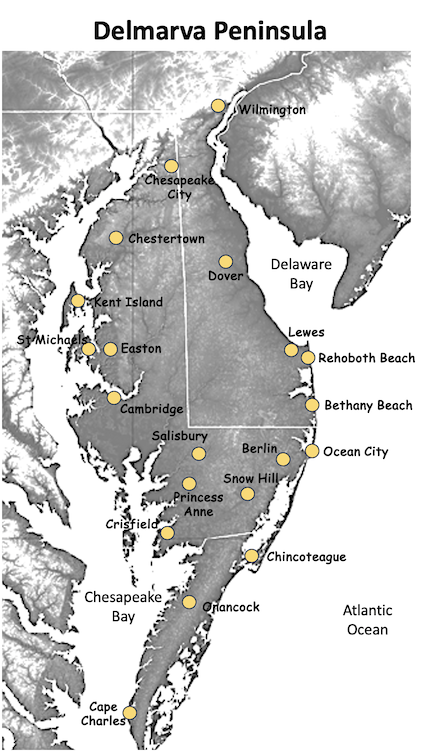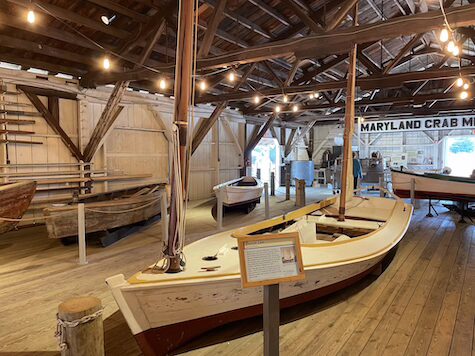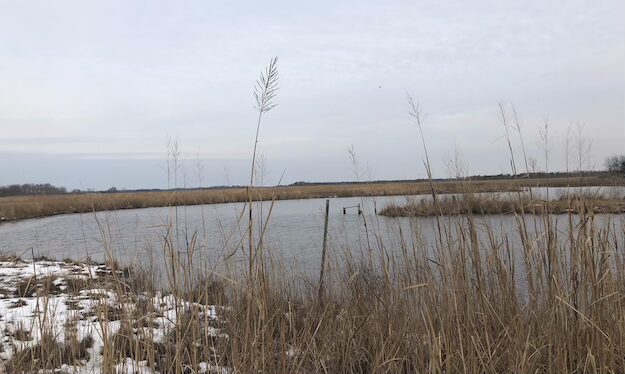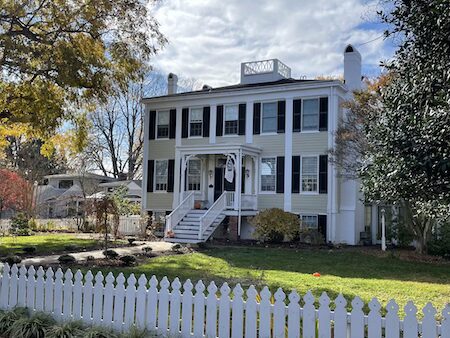
The Delmarva Peninsula is located 40 miles (64 km) east of Washington, DC. It is bounded on the west by the Chesapeake Bay and on the east by the Atlantic Ocean and the Delaware Bay. It runs for 170 miles (274 km) from the suburbs of Philadelphia to Norfolk, VA. The name, Delmarva, is a clipped compound of the three states that share the peninsula, Delaware, Maryland, and Virginia.
The peninsula is largely rural (818,00 population). There are only two small cities, Salisbury, MD and Dover, MD. The peninsula is mostly flat, with the highest point only managing to reach 448 ft (137 m). The peninsula’s touristic attractions center on the water that surrounds it, as well as its rich, and long history. Unlike the surrounding areas, there were many slave owning plantations located here before the Civil War. In fact, this area was the last area in the country to end slavery. In that respect, the culture of the Delmarva is more southern than Mid-Atlantic.
But the overwhelming cultural influence of the Delmarva is the sea and bay. Delmarva is the home of “the watermen,” men who made their livelihoods from its abundant fish, and the bay’s famous oysters and crabs.

The peninsula is on the great eastern avian migratory route, making it a birder’s paradise, and it was once the greatest duck hunting region of the country. Duck hunting is so important to the history of Delmarva that it gave birth to a unique art form, decoy art. The pinnacle of this art form was achieved by two unassuming barbers of Chrisfield, MD, Lem and Steve, Ward.

Delmarva is not about majestic vistas and dramatic geography. It is about gently rolling farmland, and vast expanses of marshland and waterways. In fact, the Delmarva is home to the Blackwater, the largest marshland north of the Everglades. A vacation in Delmarva is about lazy days sailing, fishing, kayaking, hiking, soaking up the sun on magnificent beaches and sightseeing in quaint villages that are chock-a-block with colonial and early American architecture. It is about Harriett Tubman and Frederick Douglas, and America’s long fight for freedom and justice. This is a land of contrasts, of good and evil, and light and darkness. This small piece of land embodies the hopes, dreams, and contradictions of the American Republic.

